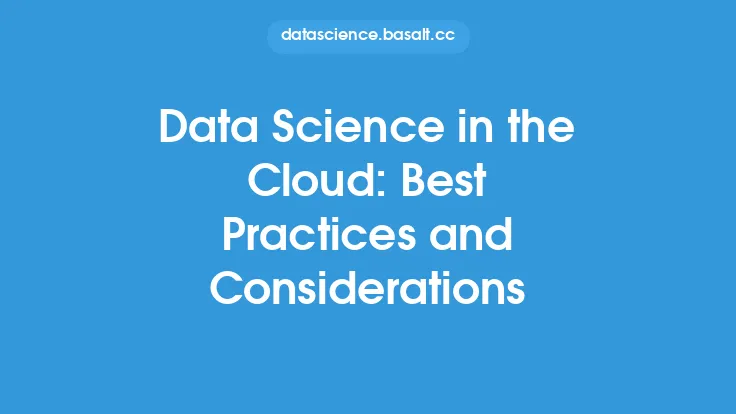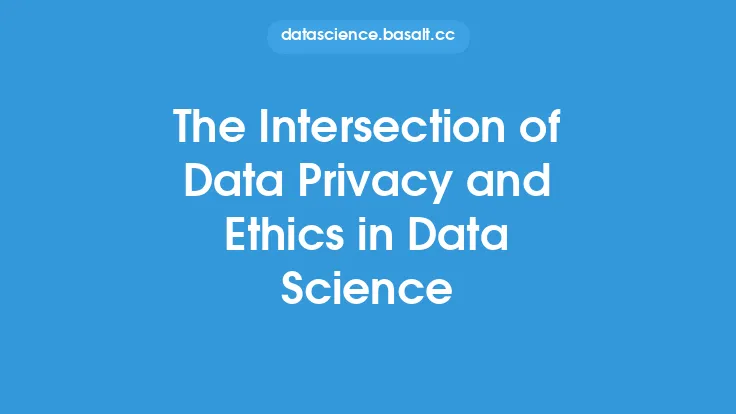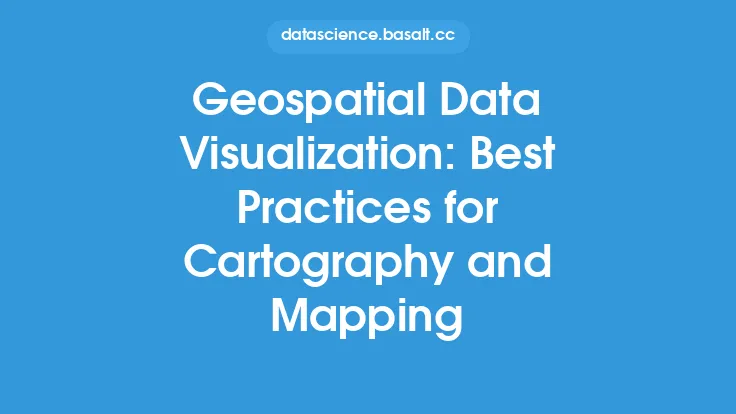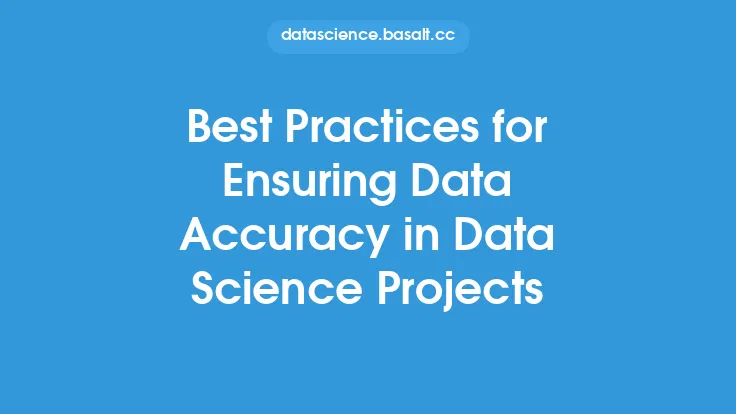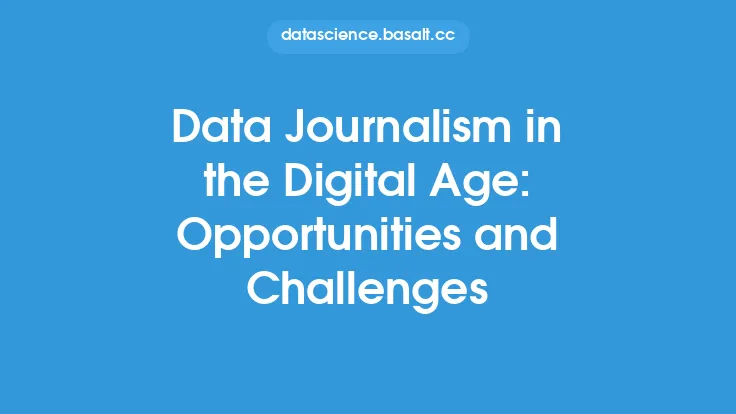The field of data journalism has experienced significant growth in recent years, driven by the increasing availability of data and the need for journalists to tell more nuanced and evidence-based stories. At the heart of this growth is the intersection of data science and journalism, where data scientists and journalists collaborate to uncover insights and tell compelling stories with data. This collaboration requires a deep understanding of both the technical and journalistic aspects of data-driven storytelling.
Introduction to Data Science and Journalism
Data science and journalism may seem like two distinct fields, but they share a common goal: to uncover and communicate insights to a wider audience. Data science provides the technical expertise to collect, analyze, and interpret large datasets, while journalism provides the storytelling expertise to communicate these insights in a clear and compelling way. When data scientists and journalists collaborate, they can produce high-quality, data-driven stories that inform and engage readers.
Best Practices for Collaboration
Effective collaboration between data scientists and journalists requires a deep understanding of each other's strengths and weaknesses. Data scientists need to understand the journalistic process and the importance of storytelling in communicating insights, while journalists need to understand the technical aspects of data analysis and interpretation. Some best practices for collaboration include:
- Establishing clear goals and objectives for the project
- Defining roles and responsibilities for each team member
- Developing a shared understanding of the data and the story being told
- Using data visualization techniques to communicate insights and findings
- Ensuring the accuracy and integrity of the data and the story
Technical Skills for Data Journalists
Data journalists need to possess a range of technical skills to work effectively with data scientists and to analyze and interpret large datasets. Some of the key technical skills for data journalists include:
- Programming languages such as Python, R, or SQL
- Data analysis and visualization tools such as Excel, Tableau, or D3.js
- Data scraping and cleaning techniques
- Statistical analysis and machine learning techniques
- Data visualization and communication techniques
Data Storytelling Techniques
Data storytelling is a critical aspect of data journalism, as it allows journalists to communicate complex insights and findings in a clear and compelling way. Some effective data storytelling techniques include:
- Using narrative structures to tell stories with data
- Creating interactive and dynamic visualizations to engage readers
- Using anecdotes and examples to illustrate key findings
- Providing context and background information to help readers understand the story
- Using clear and concise language to communicate complex insights and findings
Case Studies and Examples
There are many examples of successful collaborations between data scientists and journalists, resulting in high-quality, data-driven stories that have informed and engaged readers. Some notable case studies include:
- The New York Times' coverage of the COVID-19 pandemic, which used data analysis and visualization to track the spread of the virus and to communicate key insights and findings to readers.
- The Guardian's coverage of the Panama Papers, which used data analysis and visualization to uncover insights and findings from a large dataset of financial records.
- The Washington Post's coverage of the 2020 US presidential election, which used data analysis and visualization to track voting patterns and to communicate key insights and findings to readers.
Challenges and Opportunities
The intersection of data science and journalism presents both challenges and opportunities for collaboration and innovation. Some of the key challenges include:
- Ensuring the accuracy and integrity of the data and the story
- Communicating complex insights and findings in a clear and compelling way
- Managing the scale and complexity of large datasets
- Balancing the need for technical expertise with the need for journalistic storytelling
On the other hand, the opportunities for collaboration and innovation are significant, as data scientists and journalists can work together to uncover new insights and to tell compelling stories with data. Some of the key opportunities include:
- Using machine learning and artificial intelligence techniques to analyze and interpret large datasets
- Creating interactive and dynamic visualizations to engage readers
- Using data storytelling techniques to communicate complex insights and findings in a clear and compelling way
- Collaborating with other fields and disciplines, such as computer science and statistics, to develop new methods and techniques for data-driven storytelling.
Conclusion
The intersection of data science and journalism is a rapidly evolving field, driven by the increasing availability of data and the need for journalists to tell more nuanced and evidence-based stories. By understanding the technical and journalistic aspects of data-driven storytelling, data scientists and journalists can collaborate effectively to produce high-quality, data-driven stories that inform and engage readers. As the field continues to evolve, it is likely that we will see new innovations and opportunities for collaboration and innovation, driving the future of data journalism and data storytelling.
